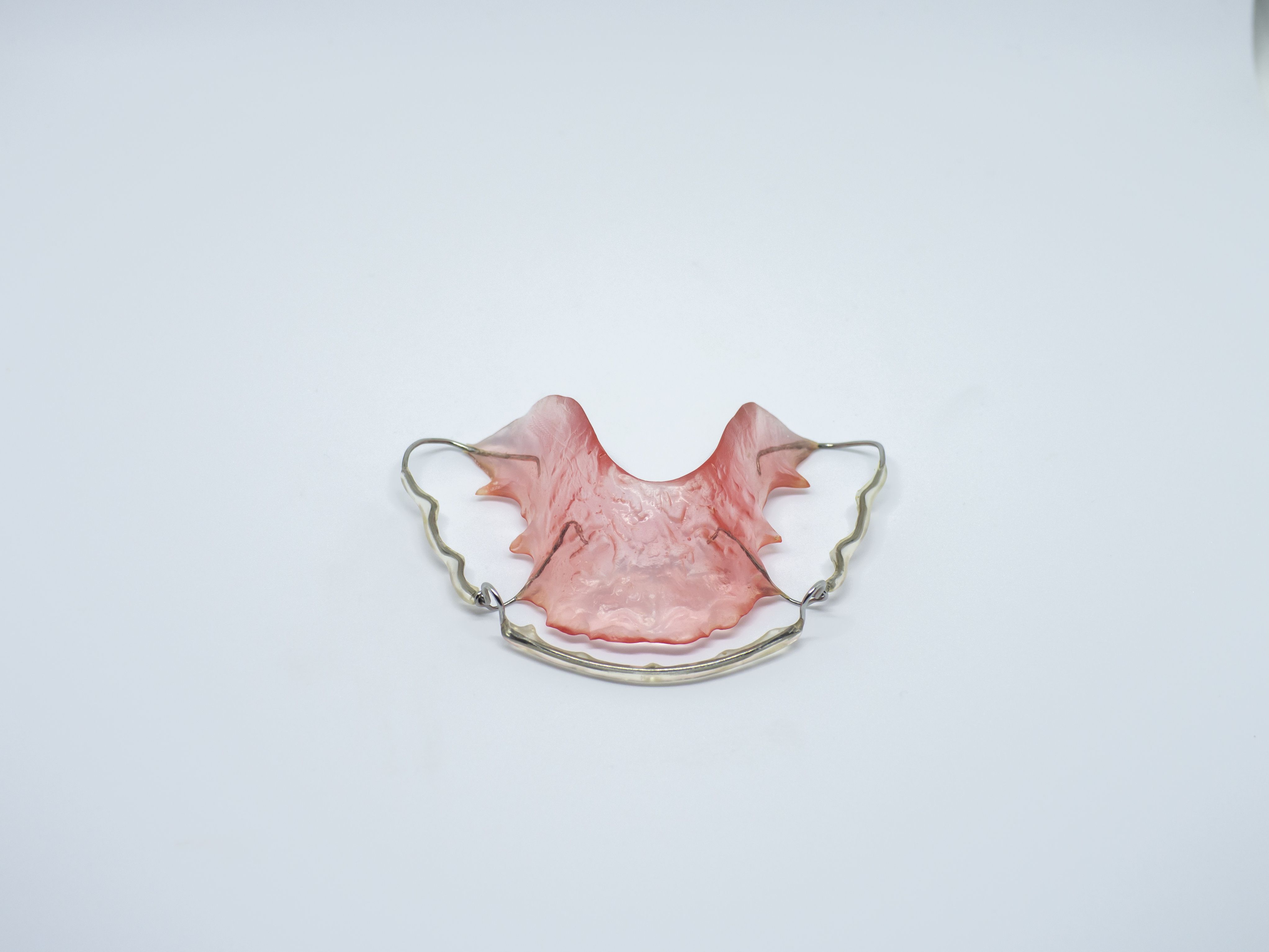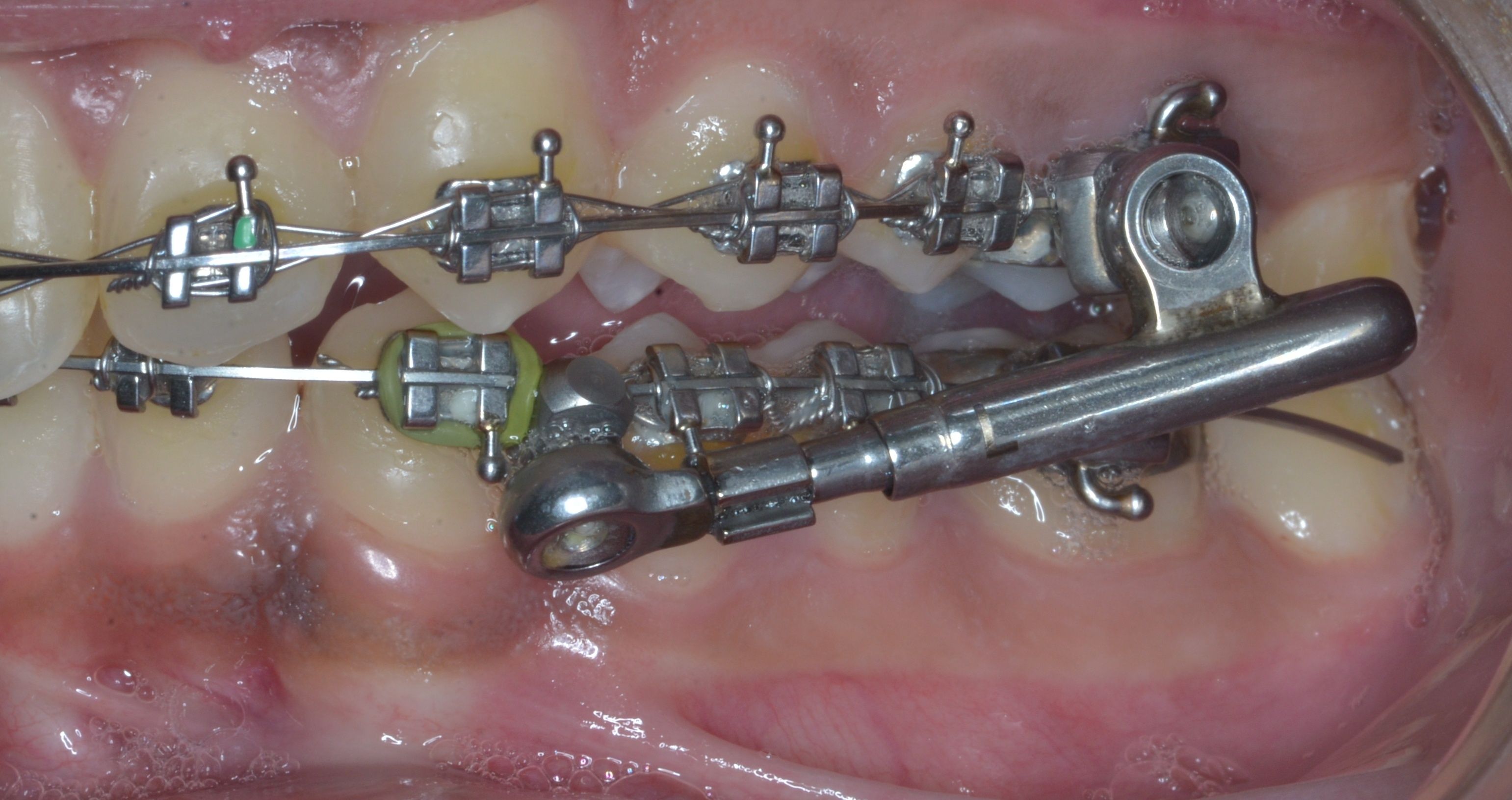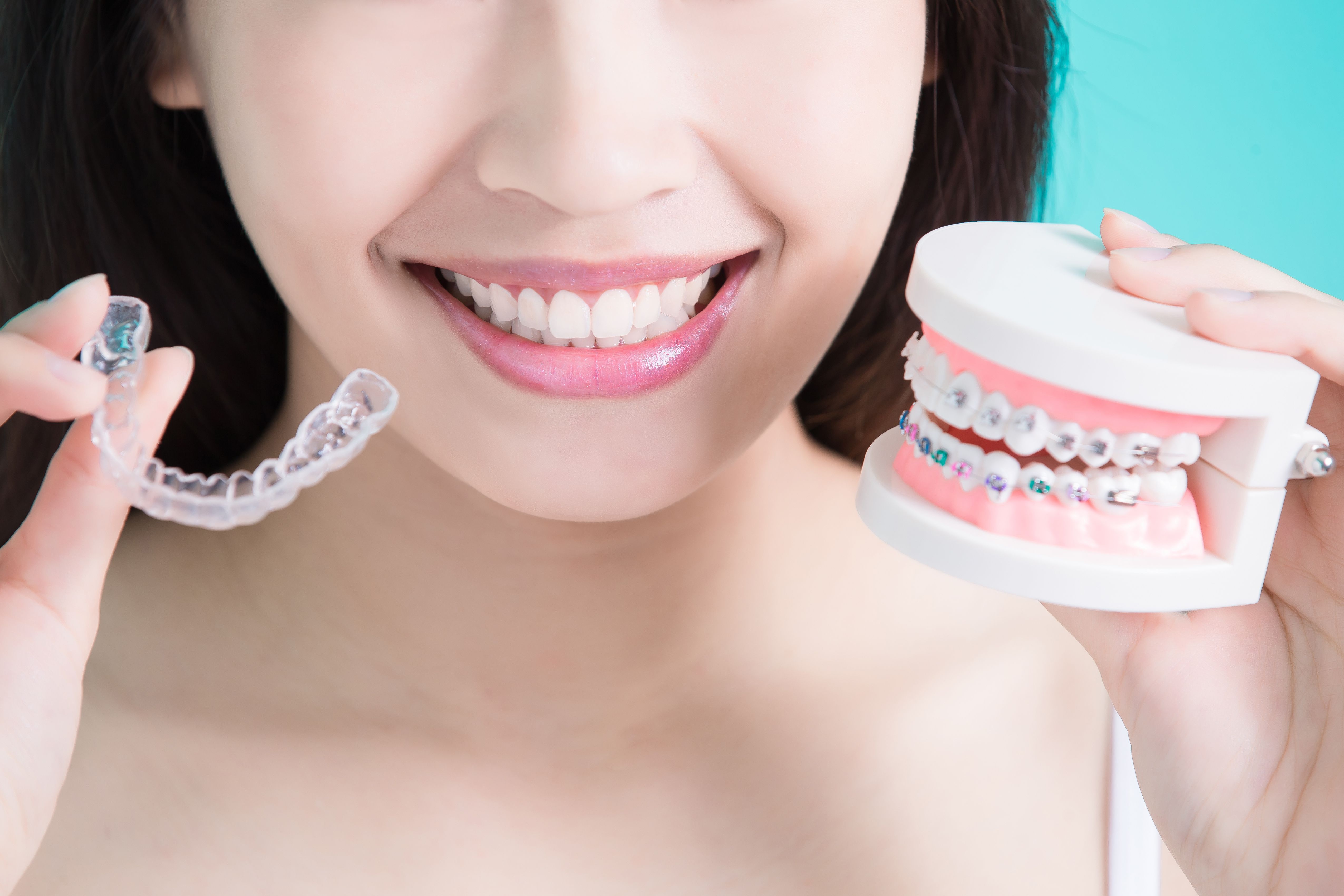- About Us
- Advertise
- Editorial
- Contact Us
- Terms and Conditions
- Privacy Policy
- Do Not Sell My Personal Information
© 2025 MJH Life Sciences™ and Dental Products Report. All rights reserved.
Braces Have Come a Long Way in the Cool Factor
Here’s a quick look at the history of braces and how much orthodontics have changed along the way.
For centuries people have been attempting to move and straighten teeth to improve the way their smiles look as well as their ability to chew properly and maintain a healthy mouth. Today’s clear aligners and colorful braces and retainers are well accepted, but braces and orthodontics were not always so cool.
Here’s a quick look at the history of braces and how much orthodontics have changed along the way.

Courtesy of Wikipedia.
Early Innovator
French physician Pierre Fauchard is often called the "father of modern dentistry". Among his many achievements, he is considered the pioneer of dental prosthesis, and he discovered a variety of methods to replace lost teeth. Fauchard also is credited with introducing dental braces. Early on these braces were made of gold, as he discovered that the teeth position could be corrected as the teeth would follow the pattern of the wires. Waxed linen or silk threads were usually employed to fasten these braces in the early 1700s.Instead of metal brackets, some ancient societies used cords made out of catgut, a fiber found in intestines. While materials have changed dramatically over the many years since, the principles of tooth movement have pretty much stayed to the same.

DRKLUM / STOCK.ADOBE.COM
The Retainer
Tooth retainers are orthodontic devices designed to keep teeth straight. Patients most often use them in conjunction with or as a follow-up to braces. Compliance can be an obstacle as children have been known to lose them, break them or just not wear them regularly. But like braces, they’ve come a long way in terms of comfort and effectiveness. So if your dentist tells you to wear your retainer, following those orders will help you get the best results.

8810JOY / STOCK.ADOBE.COM
Too Much Metal
Orthodonture improved dramatically in the 19th century. Providers began to use appliances like gum elastics and the wire crib, and researchers began to better understand the best ways to correct teeth with the use of mild force at timed intervals. Going forward “metal braces” became the norm and they delivered on results, but drawbacks included comfort, length of treatment required, esthetics, and keeping your mouth and your braces clean.

MYKOLA / STOCK.ADOBE.COM
Cool Colors
With a goal of improving the way braces looked and improving the confidence of patients, colorful braces and appliances have become popular and have upped the cool factor for many a young patient getting started in orthodontics. Offering colored braces has become a marketing plus as practices can customize the look for their patients and allow them to have a say in how their smiles will look while wearing braces.

RYANKING999 / STOCK.ADOBE.COM
Clearly Clear Is It (For Many)
Stainless steel braces were commonplace in the 1950s, and braces wrapped all the way around teeth until the around 1970s. That’s when some of the bigger innovation breakthroughs took place. Lingual braces which go on the inside of teeth became popular and preferred in many cases, and then Invisalign treatments started the path toward a number of clear aligner options that have changed the way most people think about braces today. Technology and material advances now allow for many patients to straighten their smiles with clear aligners that can deliver great results, great comfort, and without the “metal” that can be considered a turn-off. But keep in mind, not every method is perfect for every patient so you need to make sure to listen to your clinician’s recommendations before jumping into a certain orthodontic treatment just because someone you know says it’s cool.



